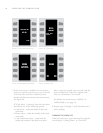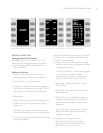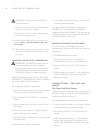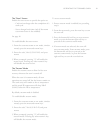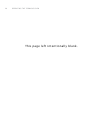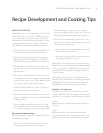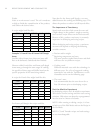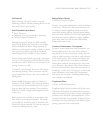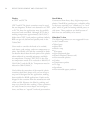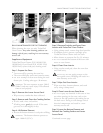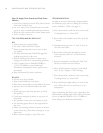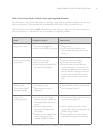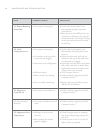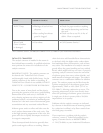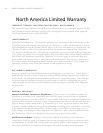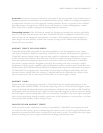24
Plastics
o
CPET and PCTA
CPET and PCTA plastic containers may be used,
but are dangerous. If there is no alternative to CPET
or PCTA, then the application must be carefully
structured and controlled. Although PCTA has a
melting temperature approximately 50ºF (25ºC)
higher than CPET, both products perform similarly.
Both can get soft, deform and possibly melt in the
TurboChef.
Users need to consider the foods to be cooked,
cook times, cook settings, and oven temperature set
point. Specifically, oils and fats contained in foods
can become hotter than the melt point of the plastics
when subjected to extended microwave and high
air temperature. If using CPET/PCTA, the oven
set temperature needs to be reduced to 400-425ºF
(204-218ºC) and the IR Set Temperature must be
reduced to 500ºF (260ºC).
Used within the constraints of the material, plastic
containers hold their shape well, and can accept a
snap-on lid designed for the application, making
them suitable for HMR applications. Foods can be
shipped in the container from the manufacturer with
a film seal lid. (Remove the film for cooking and
snap on a dome lid after cooking.) These containers
are easily formed to most shapes and configura-
tions, and have an “upscale” look and presentation.
NordicWare
®
Constructed from heavy-duty, high-temperature
plastics, NordicWare
®
products are a valuable utility
in the oven, especially in a “ribbed tray” or “oval
plate” which is good for heating seafood, pasta, or
side items. These products are ideal because of
their low cost and ability to be reused.
What Not To Use
The following products are not suggested for use
in the Tornado oven.
o
x
Metal pans
o
x
Metal foil
o
x
Plastic wrap
o
x
Wax paper
o
x
Non-toughened glass
o
x
Wood containers (skewers ok)
o
x
Non-ovenable plastics
o
x
Cutlery
o
x
Temperature probes
o
x
Tie tags
o
x
Styrofoam
o
x
Non-ovenable paper products
RECIPE DEVELOPMENT AND COOKING TIPS



